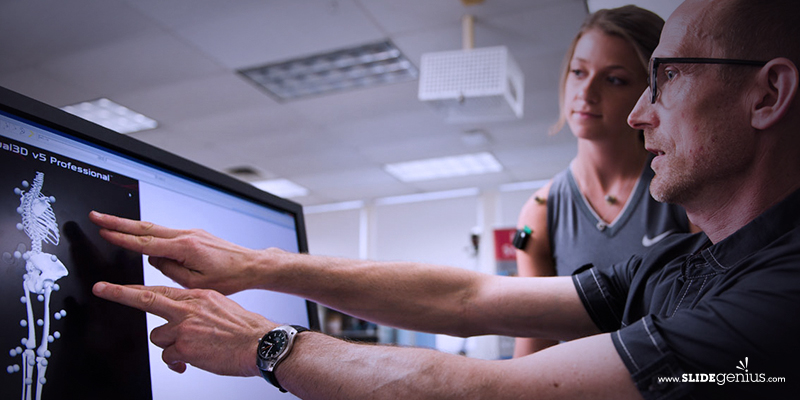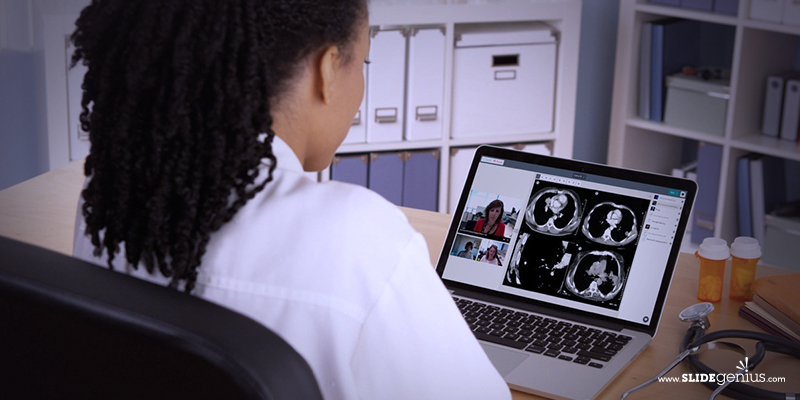Sharing your work and achievements through a presentation is an essential part of gaining the favor of your colleagues in the medical and scientific communities. The ability to do it flawlessly is not an easy feat but doing so effectively greatly contributes to your success.
Engaging your audience and conveying your enthusiasm for the topic at hand, however, may be difficult, especially if you are not presenting it to the medical and scientific communities. This is where many presentations fall flat. Some of the pitfalls include overly complicated content—this is where professional PowerPoint presentations come in.
So, how can you engage your audience and maximize detail retention at the same time?
Illustrate Your Ideas

In the scientific community, proof is vital and for it to be taken seriously, it has to be backed up with enough credible sources. Your presentation doesn’t have to drown in citations, but only use enough backing data to make your point powerful.
Simply telling your audience or providing a wall of text isn’t going to help health information stick. So instead of giving a presentation with text-filled slides, create a custom PowerPoint by using diagrams, graphs, and other types of graphics. These will guide your audience while you explain complex ideas.
You may also use stock photography. These images have improved—no longer appearing staged, but rather more realistic.
Visuals play a huge role as these are handled by a different process in working memory as compared to auditory information—the visuospatial sketchpad.
Use Animation

Animation adds a new level of engagement, as it works as a great storytelling tool. It gives your presentation a bigger impact because it allows you to pace the flow of information, keep your audience engaged, and sync what you’re saying with what they’re seeing.
It can do wonders for your presentation when used properly—conveys your message more powerfully. Using too much, however, may end up distracting your audience. In which case, you’ll be doing the opposite of what you intend to do. Remember: less is more—so don’t overcomplicate your slides and just animate what needs to be emphasized.
Familiarize Yourself with PowerPoint Formatting Tools

You can come up with the best PowerPoint designs by familiarizing yourself with the formatting tools included in the software. When you can manipulate these properly, you can create virtually anything from scratch. It gives you the power to communicate the way you want to, ensuring the audience remembers key information.
In essence, these are various ways to emphasize certain parts of your medical presentation. Not only will these methods make your deck more interesting, but it will help organize your thoughts as well. With these, you can point your audience toward relevant details instead of just showing a wall of text or the whole figure, distracting them from your current point.
Try applying these to your future presentations and see how much of the information was remembered by the audience.





